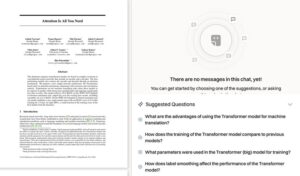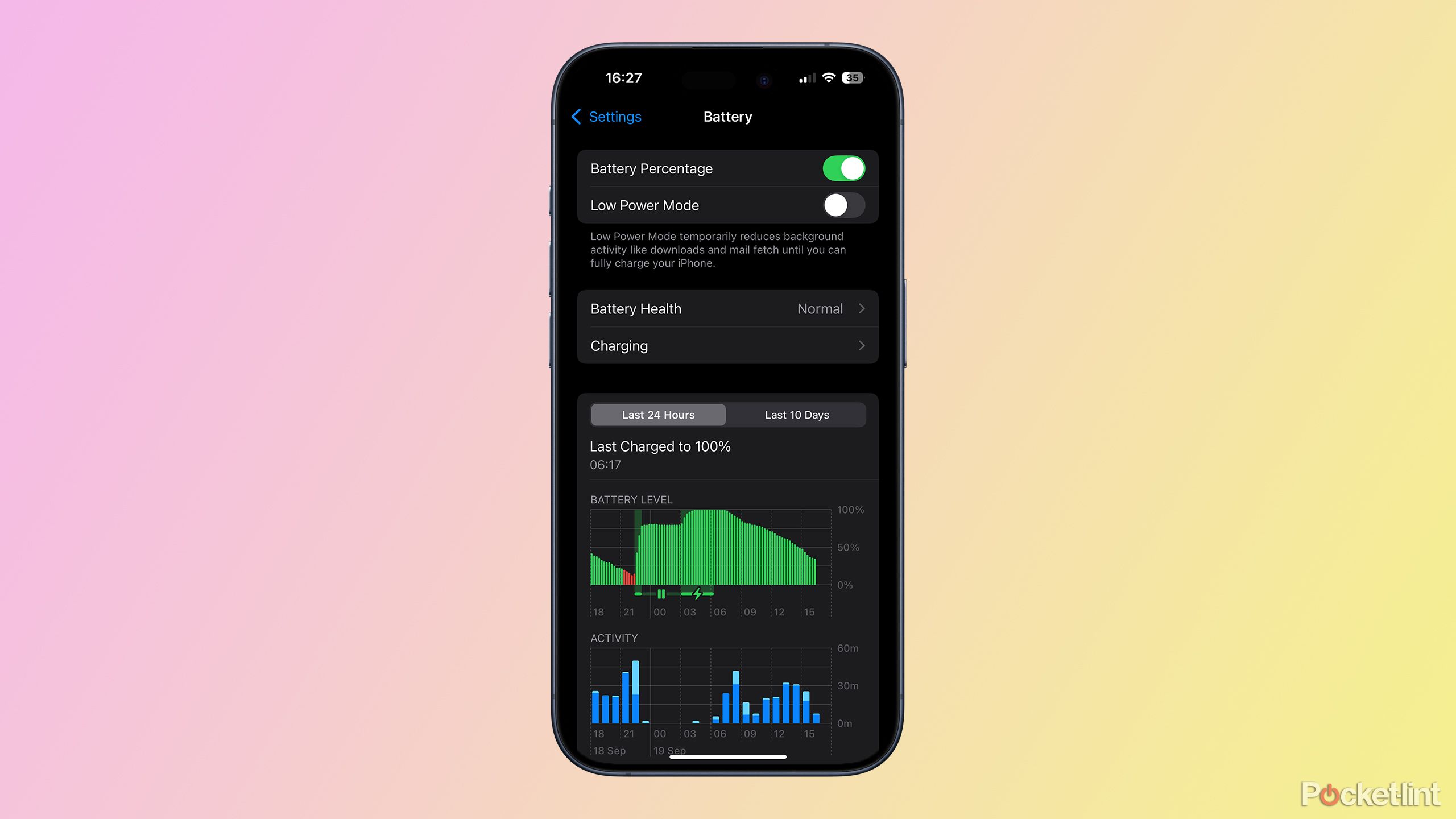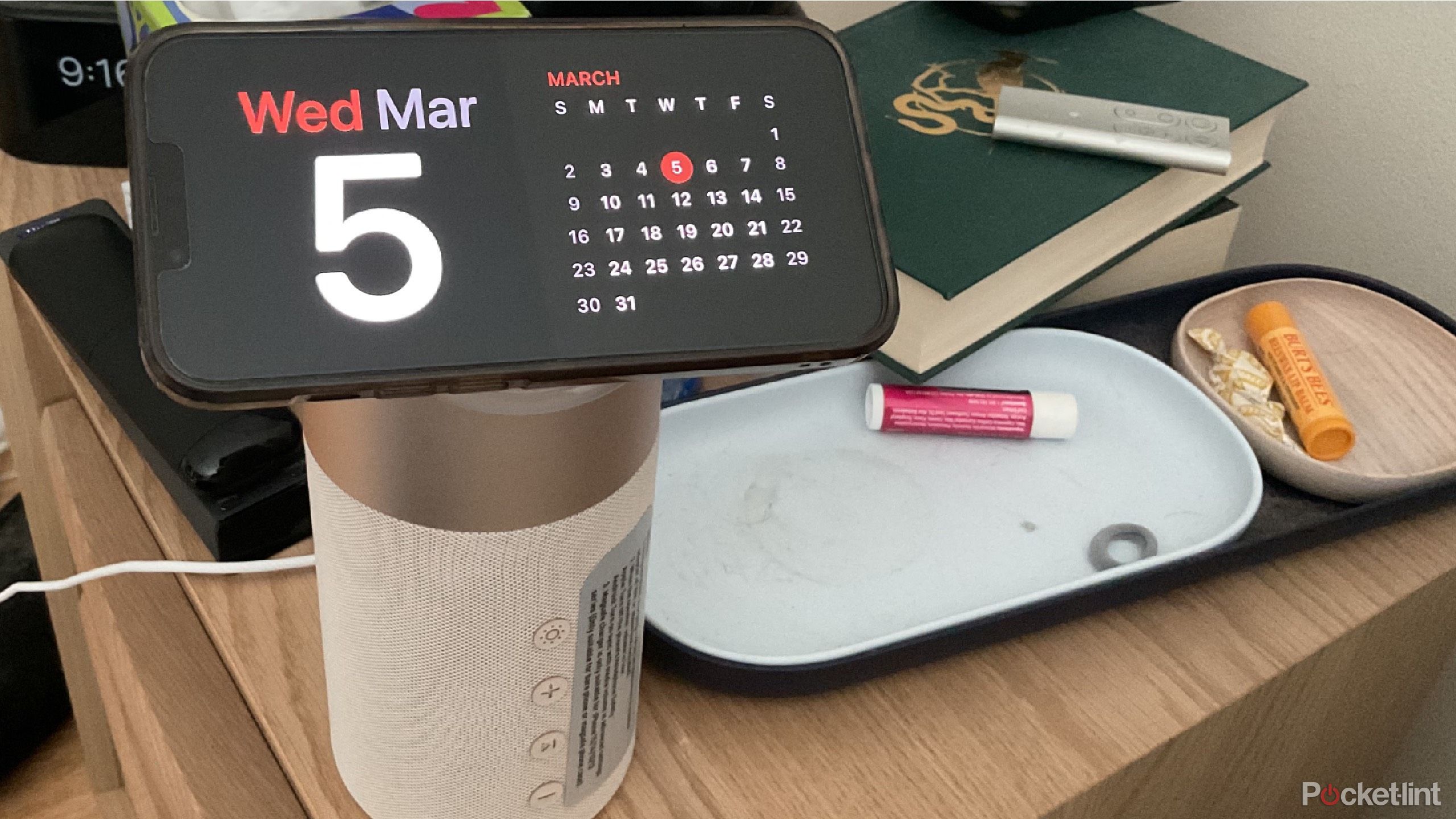Summary
- When iOS 26 is unveiled at WWDC 2025, it’s expected to include battery charging estimates, and hopefully AI-optimized power consumption.
- Both features could have a tangible impact on the usability of iPhones, given that many people struggle to make smartphones last a full day on a charge.
- Apple and Google alike could stand to focus on practical usability updates over flashy cosmetic changes and big marquee features.
Apple’s 2025 Worldwide Developers Conference is right around the corner — tune in June 9, by the way — and hype is mounting, as you’d expect. Rumors have swirled around a switch to year-based OS names, as well as a global visual overhaul, marking Apple’s biggest makeover since iOS 7. Expect your iPhone, iPad, and Mac to look a lot more like the Vision Pro, with translucent frosted windows everywhere. It should be interesting, even if I was just fine with iOS 18.
Something that’s flown under the radar, however, is an alleged iOS 26 upgrade to charging and battery life. Assuming the rumors are right, and the execution is solid, the change could significantly improve the day-to-day experience of using an iPhone. In fact, it’s the sort of OS update I wish we got more of — as I’ll explain in a minute.
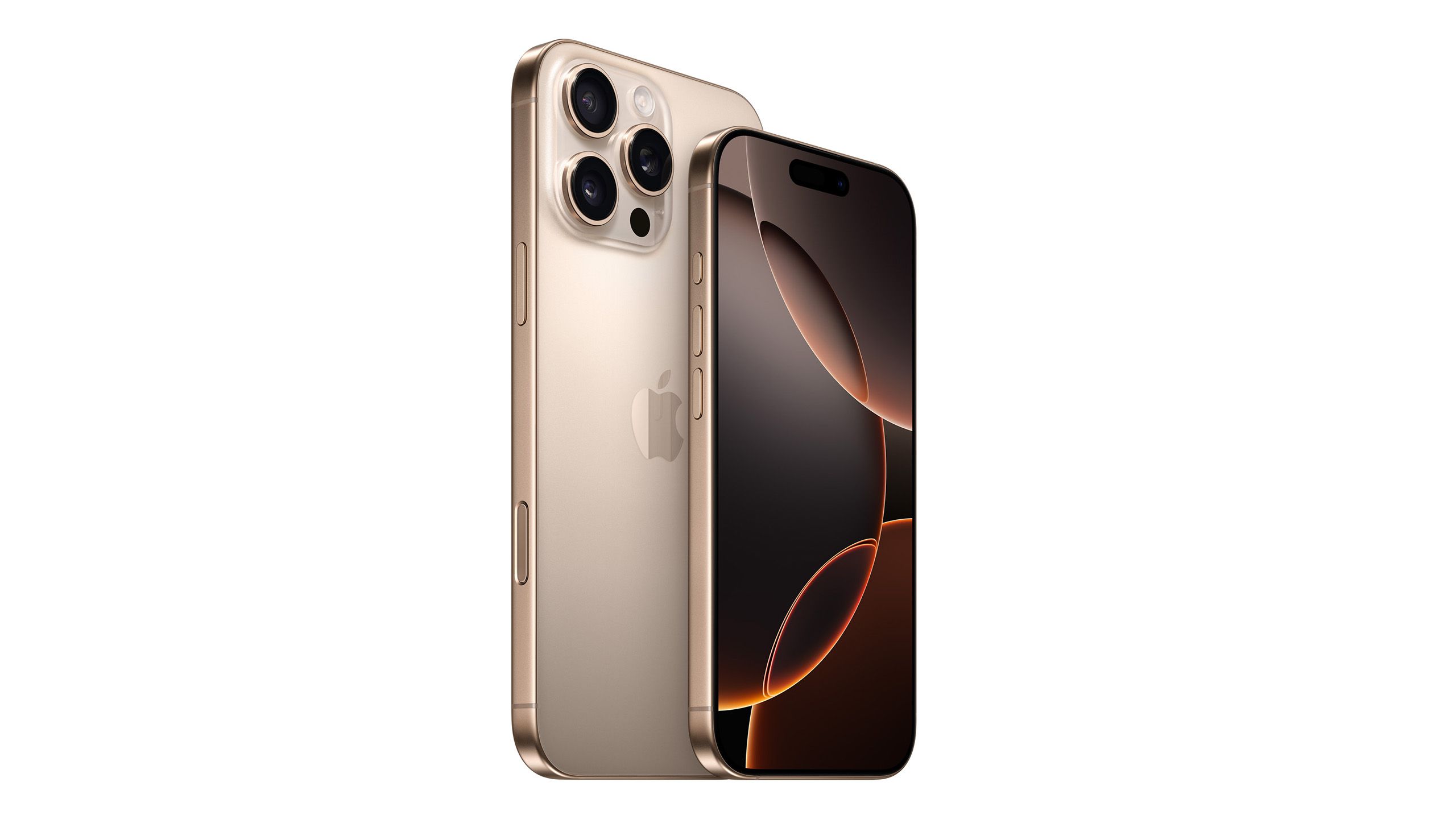
- Brand
-
Apple
- SoC
-
A18 Pro (3nm)
- Display
-
6.3-inch 1,206 x 2,622 pixel resolution 120Hz LTPO Super Retina XDR OLED, 120Hz, HDR10, Dolby Vision, 1000 nits (typical), 2000 nits (peak)
- Storage
-
128GB, 256GB, 512GB, 1TB
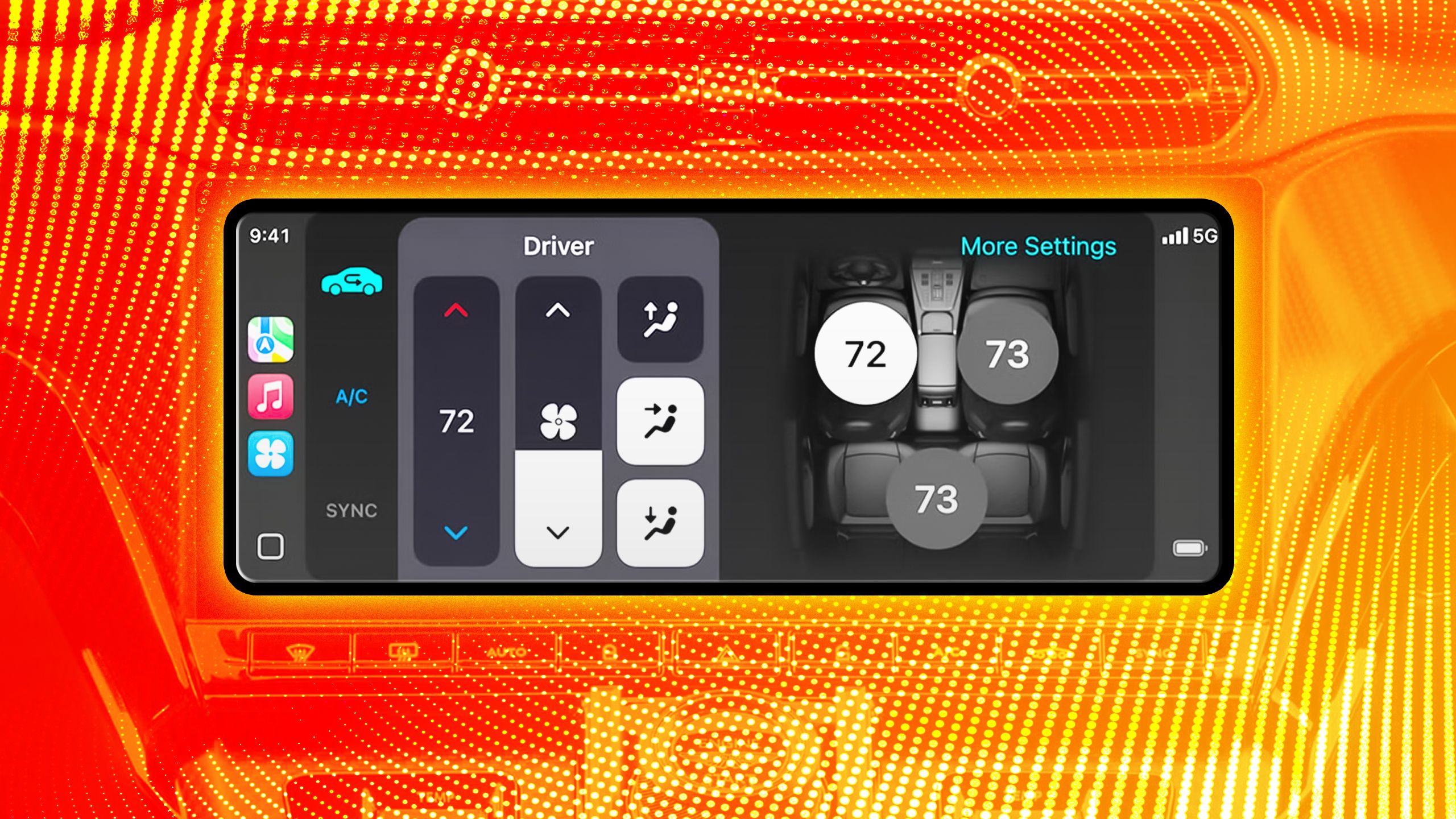
Related
4 reasons I’m excited to try Apple’s long-delayed CarPlay Ultra (and why you should be too)
When I’ll actually get my hands on it is another matter.
What’s the big deal with iOS 26’s battery tech?
Dealing with the realities of owning an iPhone
The front-facing addition here is believed to be estimated charging times. At the moment, iOS 18 will gladly tell you how much charge you already have, and when it’s scheduled to end Optimized Battery Charging. The latter feature keeps your battery below full charge until you’re about to unplug, and it’s immensely useful, incidentally — I always charge overnight, and there’s no sense harming a product’s longevity by keeping the battery at 100% for six or seven hours.
With the estimation tech, your iPhone should be able to predict when it’ll finish topping up, regardless of when you start charging. I’m surprised this wasn’t in iOS earlier, in fact, since the math should be relatively simple if you know how large a battery is and how much power is flowing in. In any event, it’s expected you’ll be able to check an ETA on your lockscreen, much like a Google Pixel.
The advantage to this is obvious — many people want to unplug their iPhone as soon as possible, whether because they’re headed out the door, they want to prolong battery health, or there’s some app they want to get back to. In some scenarios, this info could legitimately improve lives. If you’ve got a sense of how long it takes for your phone to charge, you can develop better habits and avoid running on fumes all the time. We all know someone whose phone seems to dwindle down to 10 or 20% on a regular basis.
Battery life remains the Achilles heel of the smartphone — despite claims by manufacturers, many owners have a hard time making it to bed on a single charge.
More intriguing to me is the possibility, per CNBC, that we’ll get AI-based battery management. This is expected to throttle processes and settings automatically based on your behavior. That, in turn, should lead to slightly extended battery life, which might be essential for the iPhone 17 Air given its low rumored capacity.
That’s probably the main reason Apple would implement such a feature, but it’s obviously going to help the rest of us by proxy. Battery life remains the Achilles heel of the smartphone — despite claims by manufacturers, many owners have a hard time making it to bed on a single charge, let alone a second day. Anything that can stretch things out without crippling features (a la Low Power Mode or Battery Saver) is welcome.
The devil is in the details, naturally. Apple will need to fine-tune the feature to squeeze out the most juice possible without making our phones feel lethargic. That may not be easy, given that everyone has different usage patterns. I’m at the gym three nights a week, myself — I doubt most iPhone users have both Spotify and Apple Fitness sync going non-stop for two hours at a time.
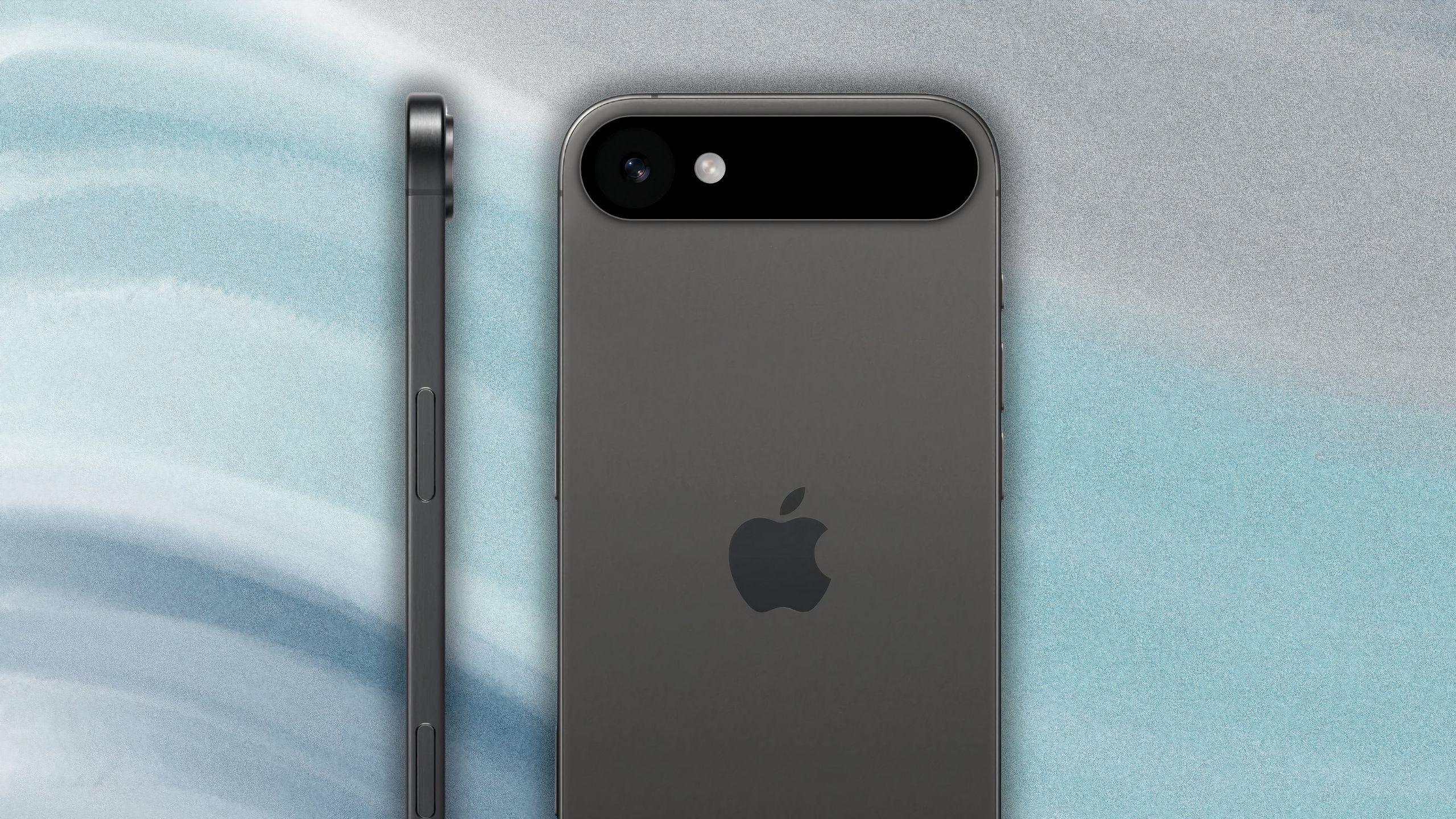
Related
The iPhone 17 Air and Galaxy S25 Edge’s biggest compromises make them a no-go for me
It feels like usability is going backwards for the sake of style.
More of this, less of that
A call for more practical software updates
Thinking about these rumors made me remember that too often, Apple and Google are focused on two things with annual software updates: cosmetic changes and big marquee features, regardless of how useful they actually are. The reason, of course, is that they help sell products. We’re all suckers for flashy colors and slick animations, and without those marquee features, a company looks like it can’t offer anything new, or is outright failing to compete. That’s why Apple Intelligence was launched in October last year despite being half-baked — it would’ve looked worse if there had been absolutely nothing to challenge Google Gemini. iOS 26 is going to be playing catch-up with features promised a year ago.
In practice, it’s frequently smaller usability improvements that have the most impact. One example is the Optimized Battery Charging tech I mentioned, and another iPhone-related item is StandBy, which turns your device into a kind of scaled-back Nest Hub or Echo Show when you’re connected to MagSafe. When I wake up in the middle of the night, StandBy lets me check the time without picking up my phone or searing my eyes — making it more likely I’ll get a good night’s rest and feel energized the next day. That’s a lot more valuable to me than an AI chatbot trying to clean up an email that I then have to go back and tweak anyway.
In practice, it’s frequently smaller usability improvements that have the most impact.
It’s not hard to find Android-related examples, either. Consider the anti-scam features in Android 15 — Google Messages automatically flags and blocks a lot of job and package delivery scams, and makes it tougher for someone to trick you into screen-sharing sensitive data. There’s even an option to automatically hide texts from international senders who aren’t on your contact list. Given how many of us cope with spam on a daily basis, these things can mean the difference between a phone being a valuable tool or an intolerable distraction.
To the credit of Apple and Google’s engineers, I do think they try to find opportunities for these things when they can, and marquee features aren’t always about showing off. I’d just prefer it if fixing the issues we deal with every day was the top priority, rather than creating features many people will only use once in a blue moon.

You might also like
Everything you need to know about PEVs, or personal electric vehicles
You can use PEVs like e-bikes and scooters to explore, run errands, or speed up your commute.



